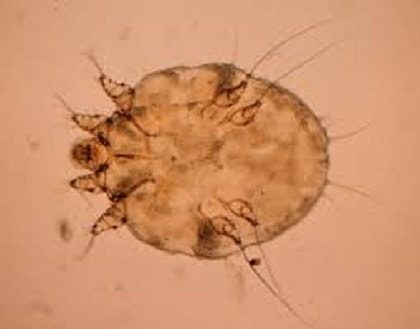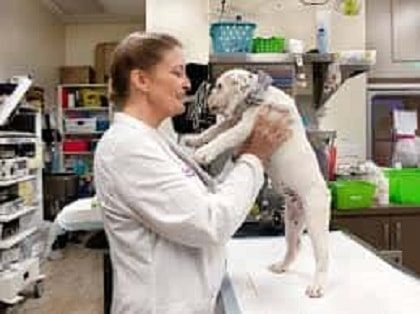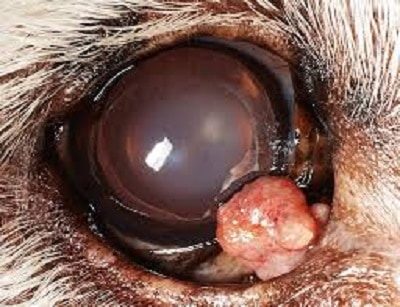Mange (Sarcoptic Mange or Scabies) in Dogs

The Organism and How it Lives Sarcoptic mange is the name for the skin disease caused by infection with the Sarcoptes scabiei mite. Mites are not insects; instead they are more closely related to spiders. They are microscopic and cannot be seen with the naked eye. Appearance and reactionThe motion of the mite in and on the […]
Finding the Right Veterinarian

Selecting a veterinarian for your animal companion(s) can often be a difficult task. The following information will give you some useful guidelines when making this important choice for your pet’s medical care.. Learn about owning your companion cat or dog The most important thing you can do is to educate yourself before you acquire a […]
Roundworms are a Common Intestinal Parasite in Cats and Kittens

There are two species of roundworms affecting cats and kittens: Toxocara cati and Toxascaris leonina. Toxocara cati is generally felt to be more harmful to cats but Toxascaris leonina is able to infect both dogs and cats. It is helpful to distinguish their eggs under the microscope so as to know which medications to use and which additional pets are at risk. […]
Cushing’s Syndrome (Hyperadrenocorticism): Description

This condition represents a classical excess in cortisone-type hormone circulation in the body; it’s a relatively common hormone imbalance. Both cats and dogs can be affected (though it is primarily a dog’s disease) and the onset is insidious. Cushing’s syndrome is the resulting set of symptoms observed when the body is exposed to excess cortisone […]
Meibomian Gland (Eyelid Gland) Tumors in Dogs

Meibomian gland tumors are tiny, slow-growing tumors that form in the meibomian glands of the eyelids. (Meibomian glands are sebaceous glands that provide an oily secretion to stabilize the tear film over the cornea.) Common in older dogs, meibomian gland tumors are usually benign, but a small percentage of them are carcinomas that can metastasize […]
Respiratory Emergencies: What to do…

Difficulty breathing is also called dyspnea and is a medical emergency. Respiratory distress is recognized by increased effort to breathe; noisy or squeaky breathing; cyanosis (a bluish tinge to the lips and mucous membranes); and an inability to inhale or exhale. In cats, breathing with the mouth open (panting like a dog) is a sign […]
Nutrition and Exercise for Growing Puppies

Some owners of a new puppy might not have had a puppy in many years, or it might be their first puppy, and veterinary recommendations about nutrition and exercise for the puppy’s best long-term health can change over the years. With the proliferation of large breed-specific and all-life-stage diets, it’s sometimes difficult to know what […]
Managing Arthritis in Dogs and Cats

Arthritis or degenerative joint disease (DJD), is a degenerative, progressive, and irreversible condition of the joints. It is characterized by the progressive loss of joint cartilage, bony spurs/growths, and the thickening and scarring of connective tissue around the joint, usually as a result of injury. Approximately 25 percent of dogs are diagnosed with arthritis in […]
FATAL FOODS – What foods to keep your pets away from this holiday season and all year round

As the holidays quickly approach, we need to remember that’s foods and drinks that are enjoyable for us, may have some bad consequences for our animal companions. If you suspect your pet has eaten any of the following foods, please note the amount ingested and contact your veterinarian or the ASPCA Animal Poison Control Center […]
Influenza Strains in Dogs

Just like people, dogs can be affected by different strains of influenza, a highly contagious respiratory infection. There are two strains of canine influenza known to affect dogs internationally. H3N8 broke out around 2004 in Florida and continues to cause sporadic disease; H3N2, a milder strain first seen in Chicago in 2015, is closely related […]